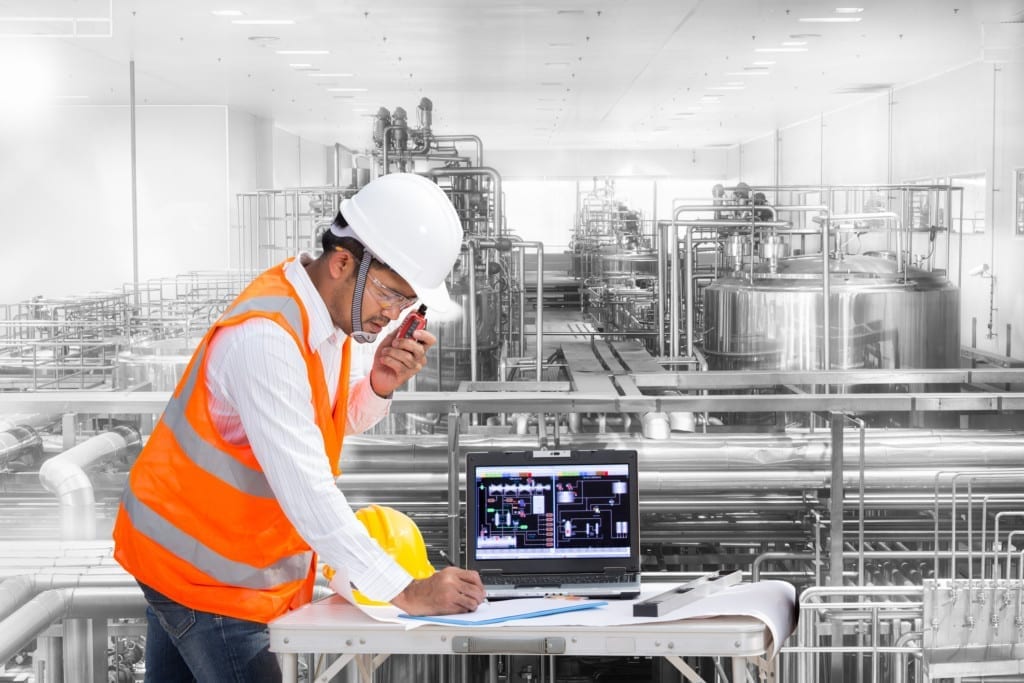Digital Twins are computerized, 360-degree replicas of physical assets. This technology represents the interaction between people and built environments, as it gathers data via sensors inserted in the physical parts. In oil and gas industries, it can be used to monitor real-time function and data to show how process piping is working. This makes Digital Twins excellent problem-solvers, as well as an excellent resource for reducing risks associated with different piping by making things easier to observe. Products can be tweaked to optimize performance or improve new designs for the future. Even potential failures of physical assets can be predicted with time to prevent them.
Read on for more about this technology and how it can be used to create a brighter future.
What Are Digital Twins?
Used during design and construction, BIM models show what an object is meant to look like. In process piping drafting this comes in handy during and even after the construction stage. So what are Digital Twins, and how are they related to BIM? Digital Twins are accurate copies of existing objects with field verification from sensors in the actual built structure. In fact, Digital Twins allow us to understand objects with people and interaction in mind, while maintaining a flexible perspective.
New products and business models can be derived from information that Digital Twins provide. Digital Twins are already common in both aerospace and manufacturing. For example, each car produced by Tesla has a Digital Twin.
Two-Way Data Flow for More Accurate Process Piping Drafting
With Digital Twins, product feedback can inform the computerized twin so that alterations, maintenance, or evaluation can take place. Current research is exploring programming hardware with digital twinning, where a user can monitor what they see, but also actively change processes and objects, seeing the changes reflected in the physical product. In this way, the information exchange could become a two-way street.

Digital Twins can act as sandboxes to try new ideas or test out changes that inform their real-life counterparts. This will interest anyone with a process piping diploma who is creative and curious about future designs. As the object becomes more efficient, so does its virtual twin and vice versa. Digital Twins are “living, breathing” models that allow for a detailed glimpse of processes and behaviours, providing context about built environments.
The Benefits of Digital Twins
Being able to collect real-time data improves efficiency and gives more insight into how future designs can be improved upon. You’ll know from your engineering design technology program how important data is for design. These twins often have multiple layers showing materials, physics, structure or fluids, and electronics, among other aspects. The engineering of piping can be altered based on how existing parts connect to the environment they are in.
Analyses against real-world usage are the way to truly test structures. The key part of making this effective is not just inserting the sensors into the physical object, but having a plan and system in place for the digital replica. If this second crucial step is missed, the benefit of the sensors is lost and there is no increased serviceability or data.
Are you looking to pursue your passion?
Your career awaits.

